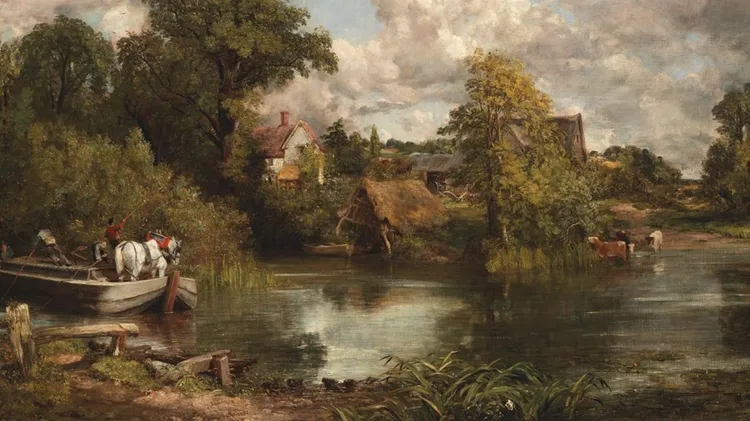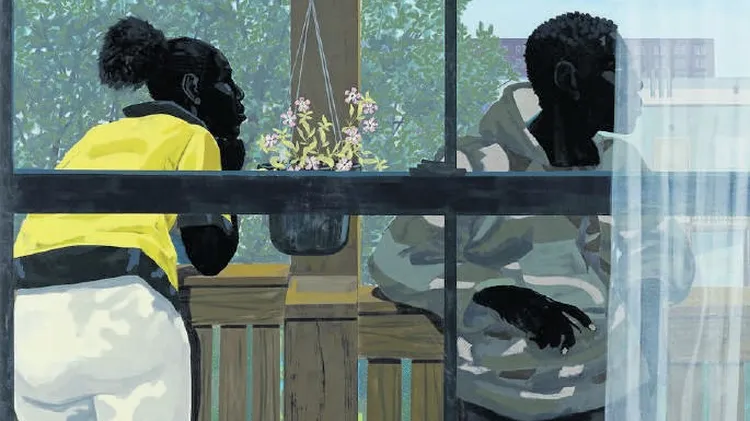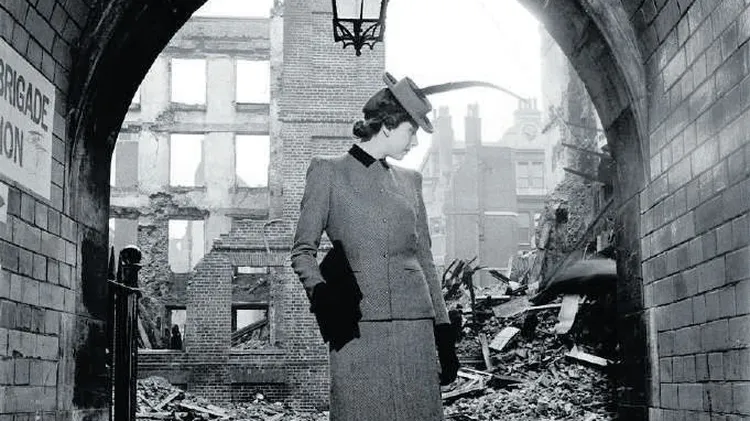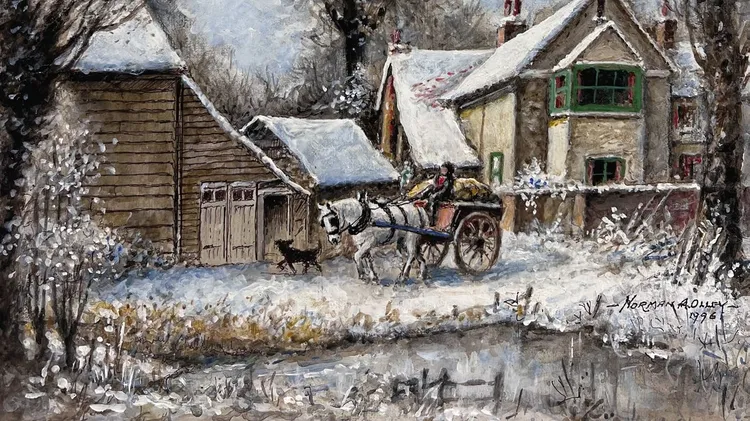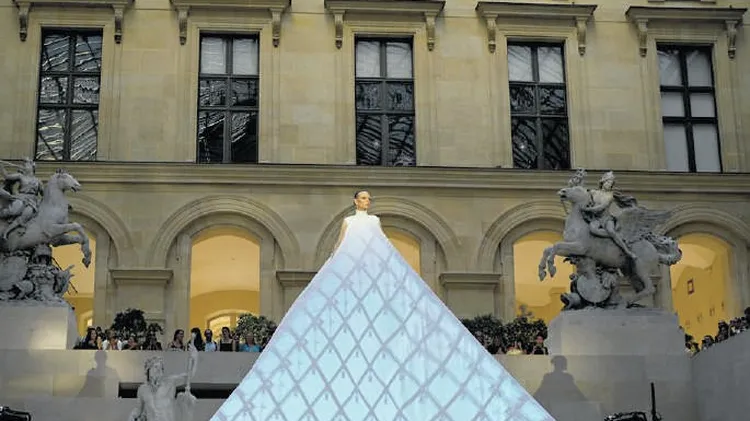Celebrated for his iconic portraits, John Singer Sargent was an early styl
Sargent and fashion
5 min read
This article is from...
Read this article and 8000+ more magazines and newspapers on Readly

